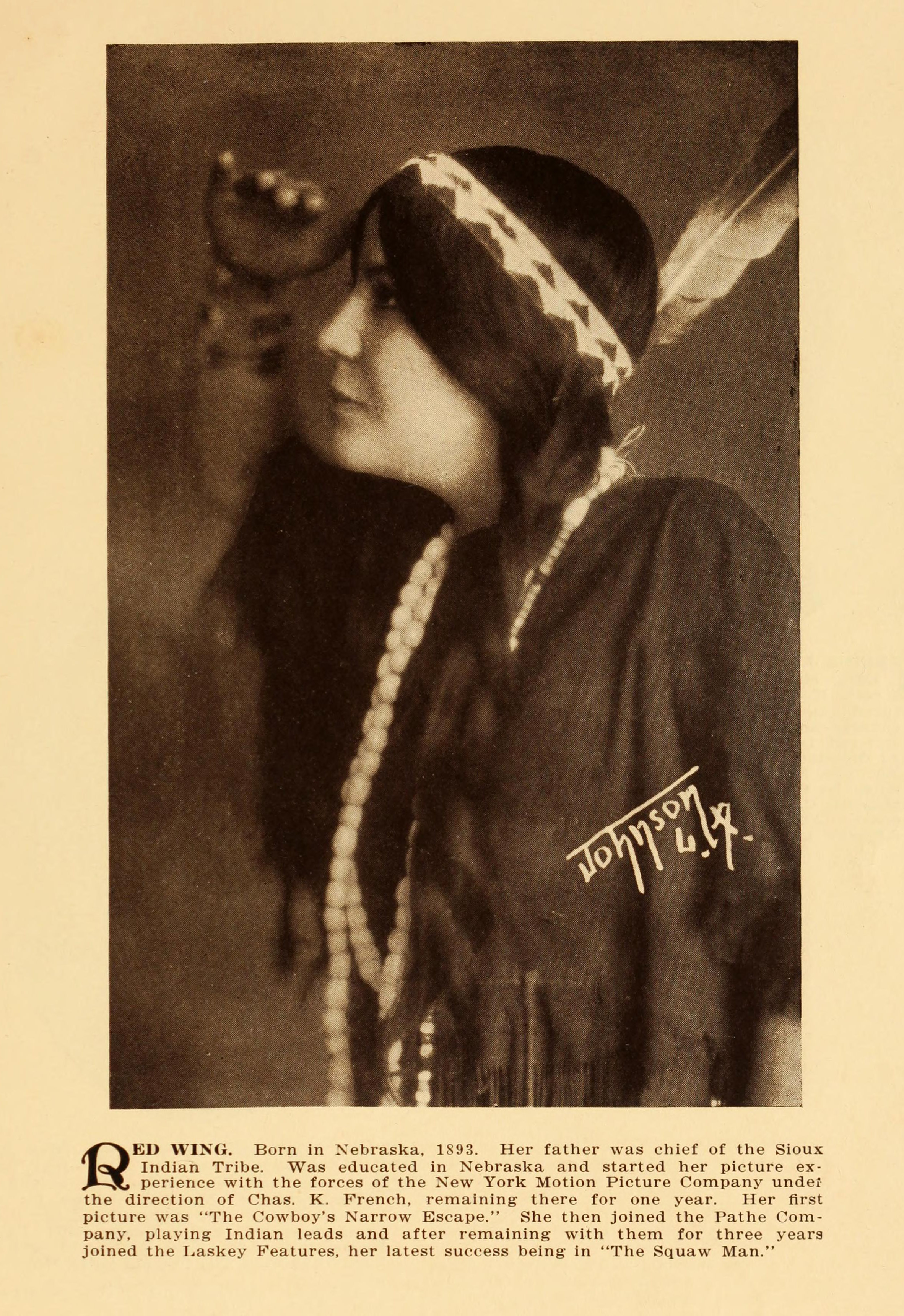Indians in motion pictures
Enlarge text Shrink textThe portrayal of Native Americans in television and films concerns indigenous roles in cinema, particularly their depiction in Hollywood productions. Especially in the Western genre, Native American stock characters can reflect contemporary and historical perceptions of Native Americans and the Wild West. The portrayal of Native Americans in film has been criticized for perceived systemic problems since the inception of the industry for its use of stereotypes that range from violent barbarians to noble and peaceful savages. A variety of images appeared from the early to mid 1930s, and by the late 1930s negative images briefly dominated Westerns. In 1950, the watershed film Broken Arrow appeared, which many credit as the first postwar Western to depict Native Americans sympathetically. Starting in the 1990s, Native American filmmakers have attempted to make independent films that work to represent the depth and complexity of indigenous peoples as people and provide a realistic account of their culture. Contemporary Native filmmakers have employed the use of visual sovereignty, defined by Seneca scholar Michelle H. Raheja as "a way of reimagining Native-centered articulations of self-representation and autonomy that engage the powerful ideologies of mass media," to take back the right to tell their own stories.
Read more on Wikipedia >
 Topic
Topic







